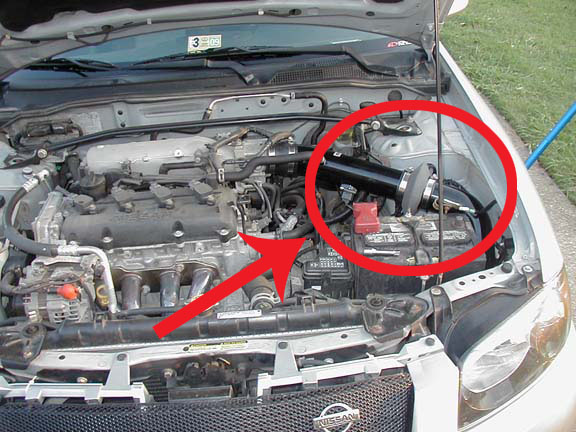Keeping your cold air intake safe from water is crucial in preventing damage to your engine and maintaining its performance. Water entering the intake can cause hydro lock, which can lead to engine damage and costly repairs.
By following these simple steps, you can ensure that your cold air intake remains fully protected from water, allowing you to enjoy increased airflow and engine efficiency without the risk of water damage.
With the right precautions in place, you can enjoy the benefits of a cold air intake system with peace of mind, knowing that it is well-protected from potential water hazards.

Credit: www.onallcylinders.com
Importance Of Protecting Cold Air Intake
The cold air intake is a crucial component of a vehicle’s engine performance. It allows cooler air to enter the engine, improving combustion efficiency and increasing power. However, it is also vulnerable to water entering, which can have severe consequences.
When water enters the intake, it can disrupt the combustion process and lead to a decrease in engine performance. Water in the engine can also cause hydrolocking, which is when the piston locks due to water filling the cylinder. Hydrolocking can result in severe engine damage, requiring expensive repairs.
To protect the cold air intake from water, various measures can be taken, such as using a waterproof cover or installing a hydro shield. These protective measures help ensure the longevity and optimal performance of the engine, preventing costly repairs and maintaining an efficient combustion process.
Methods To Safeguard Cold Air Intake
One of the most important aspects of maintaining a cold air intake system is protecting it from water infiltration. Water can cause significant damage to an engine, reducing its performance and potentially leading to costly repairs.
There are several methods to safeguard your cold air intake system from water:
- Install a water-resistant intake filter: A quality intake filter designed to resist water is a great way to keep moisture out of the intake system. These filters are usually made of hydrophobic materials, which repel water while allowing air to flow freely.
- Relocate the intake to a higher position: By raising the position of the intake, you can help prevent water from splashing up into the system. This is especially important if you frequently drive in areas with deep puddles or high water levels.
- Construct a splash shield around the intake: Building a shield or barrier around the intake can effectively divert water away from the system. This can be done using materials like plastic or metal, and it should be securely attached to prevent it from detaching during driving.
By utilizing these methods, you can protect your cold air intake system from water damage and ensure optimal engine performance.
Regular Maintenance Practices
To protect your cold air intake from water damage, it is important to follow regular maintenance practices. Regularly inspecting the intake and filter for water damage is essential. Look out for any signs of water entry, such as rust or corrosion on the components.
If you notice any damage, clean and reseal the intake components to prevent further water intrusion.
Monitoring the levels of water exposure is also crucial. Keep an eye on the weather conditions and be cautious when driving in areas with high water levels or during heavy rainfall. Avoid driving through deep puddles or flooded roads as much as possible.
By following these maintenance practices, you can ensure that your cold air intake remains protected from water damage, allowing it to function optimally and improve the performance of your vehicle.
Conclusion
To ensure your cold air intake stays protected from water damage, implement these precautionary measures. Regularly inspect your air intake system for any signs of water accumulation or potential sources of water entry. Install a splash guard or hydro shield to shield the intake from direct exposure to water.
Maintain a safe driving distance from deep puddles, flooded areas, and heavy rainfall. By taking these steps, you can safeguard your cold air intake and prevent any performance issues caused by water infiltration.
